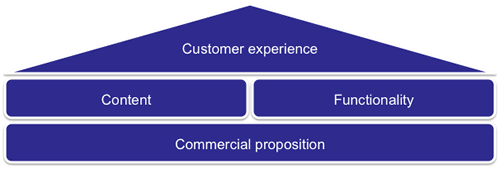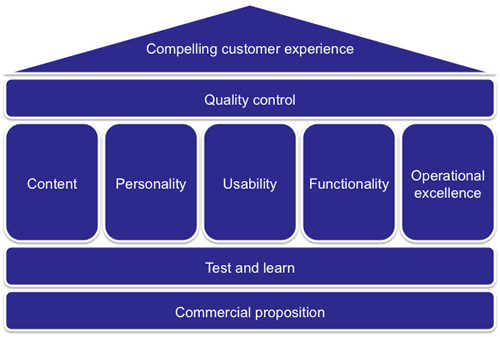Extraordinary but ordinary
“Two-thirds of HR and IT organizations develop strategic plans that are not linked to the organization’s strategy”. Says the father of the Balanced Scorecard, Robert Kaplan.
“This is extraordinary.” He adds. Too right, but that’s the wrong word, it isn’t extra- ordinary, it is ordinary.
It is ordinary for IT to develop an architectural strategy based upon their understanding of “the business” rather than the strategic ambitions of the organization.
It is ordinary to see “a chronic disconnect in organizations between strategy formulation and strategy execution.”
It is ordinary to see fundamental disconnects between IT and “the business”.
Like the bank who were porting their branch banking applications from one technical stack to another without asking the business to define which were strategically important and which were no longer fit for purpose. Or the FTSE 100 company whose IT organisation built a new web platform and interactive services, in the knowledge that “the business” were developing a complete refresh of their on-line strategy but kept that at arms length (“because the business can never make decisions and we need to fix the technical issues we’ve got” with the current stack.)
Robert Kaplan proposes the “office of strategy management” to address these issues. It may sound like organisational overhead, but it is hard to argue with a function whose purpose is to “unlock unrealized value by making strategy execution a distinct and recognized competency in an organization”.
And fundamental to this, and what large organizations so often fail to do is “enabling others—operating units and functions—to do their jobs in a way that supports the organization’s strategy”.


